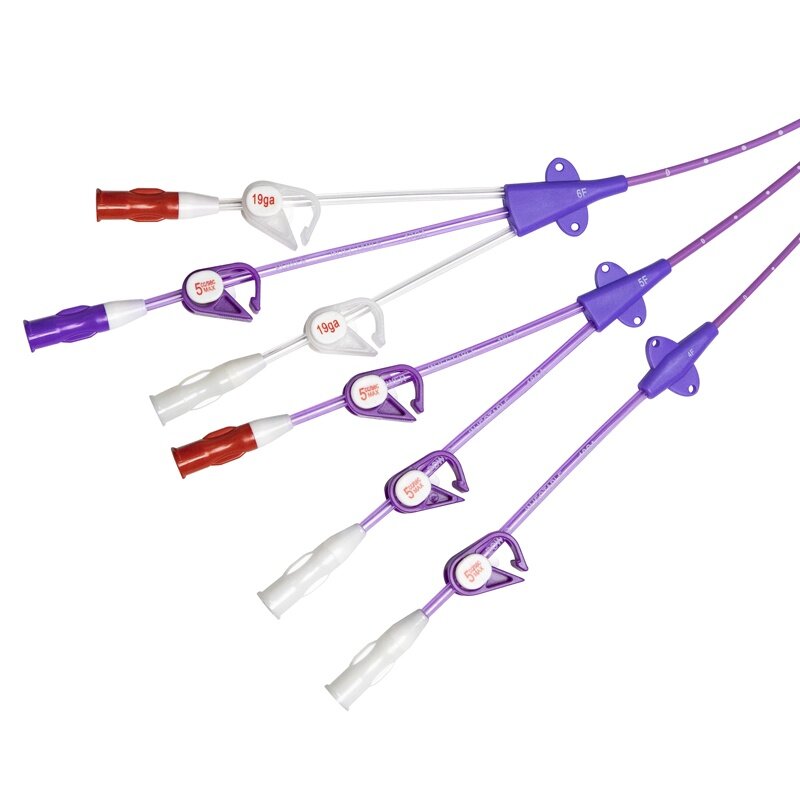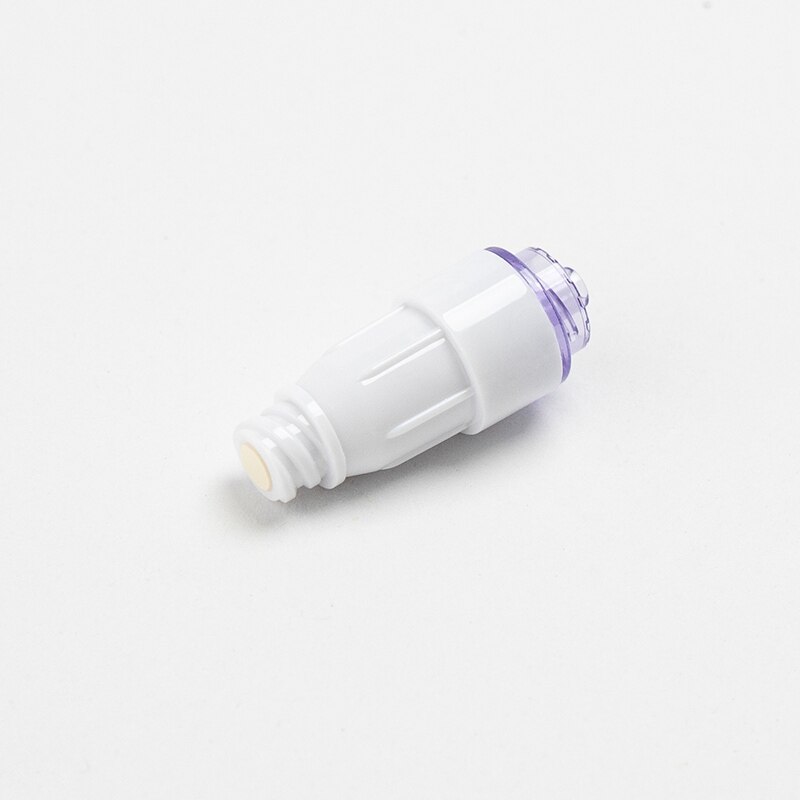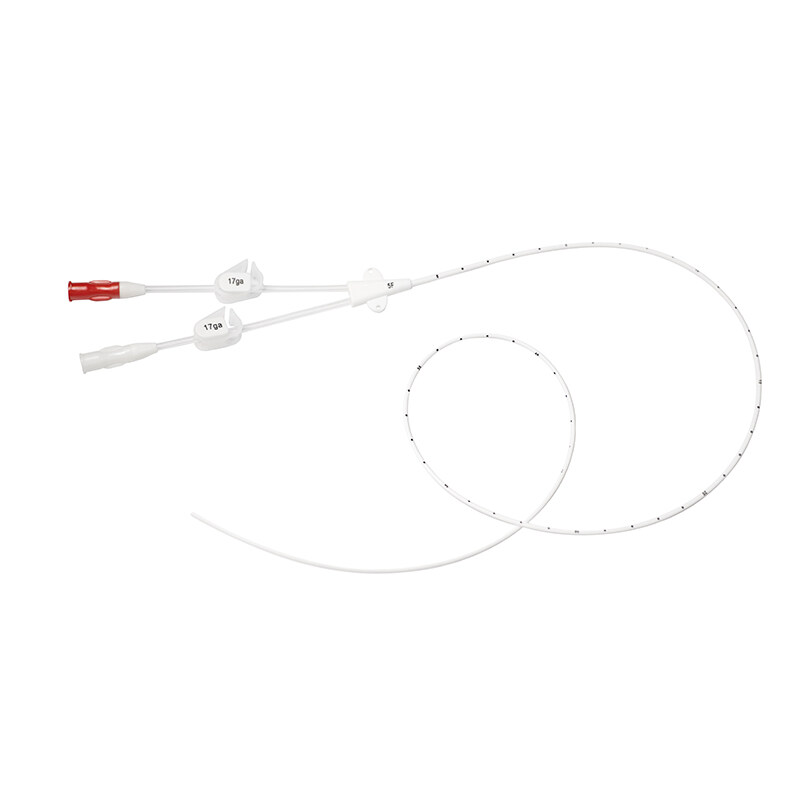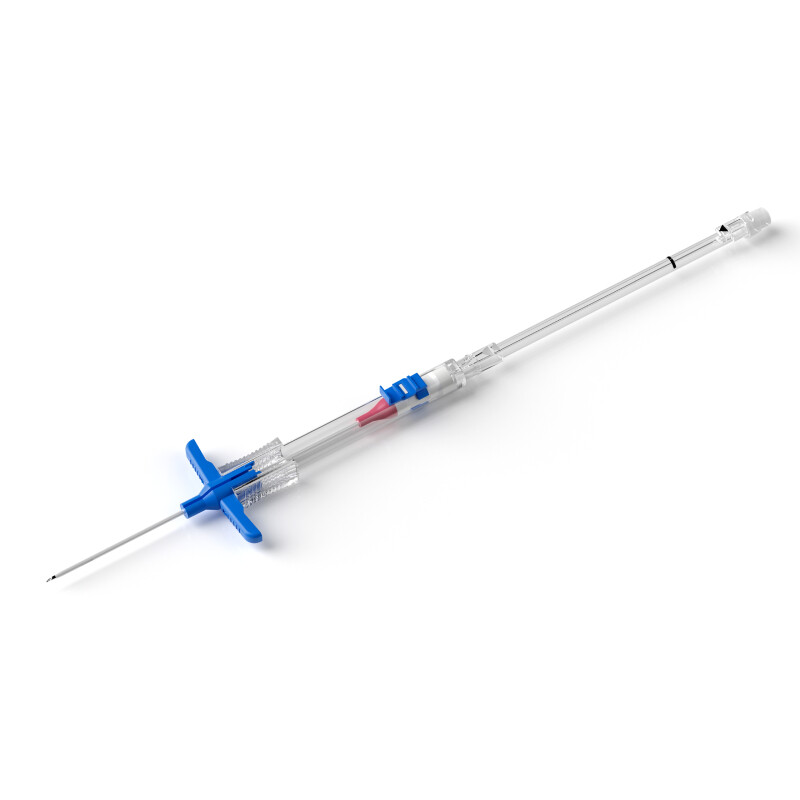With continuous advancements in medical technology, an increasing number of preterm infants benefit from timely, sophisticated interventions. The clinical management of preterm neonates involves overcoming critical challenges—including respiratory instability, feeding intolerance, and infection risk—which invariably necessitate intravenous administration of medications and parenteral nutrition. However, peripheral venous access in this population is exceptionally difficult due to fragile, underdeveloped vasculature. Umbilical Venous Catheterization (UVC) thus serves as a vital vascular lifeline for these vulnerable patients.
Unique Challenges in Preterm Neonates
Preterm infants are defined as those born at <37 weeks’ gestation. Due to physiological immaturity, they exhibit higher susceptibility to respiratory distress, hypothermia, and malnutrition compared to term infants. Prompt clinical intervention is essential to improve survival rates and optimize health outcomes.
Physiological Basis of UVC
The umbilical vein—a primary nutrient exchange conduit between fetus and mother—remains patent for a short period after birth following cord clamping. Compared to peripheral veins, it offers a larger-caliber, thicker-walled vessel suitable for central venous access. UVC involves inserting a specialized catheter into the umbilical vein, enabling reliable delivery of medications, parenteral nutrition, blood products, and other critical therapies.
Clinical Applications in Preterm Care
1.Hemodynamic Stabilization: Immature cardiopulmonary and renal systems predispose preterm infants to hemodynamic instability and infection. Their low birth weight further compromises physiological adaptation. UVC facilitates continuous monitoring of central venous pressure and rapid intervention to maintain vital signs.
Nutritional Support: Gastrointestinal immaturity often precludes enteral feeding. UVC provides sustained access for parenteral nutrition, ensuring adequate caloric/protein intake to support growth and development.
Intravenous Therapy: UVC delivers a stable route for antibiotics (to treat common infections), fluid resuscitation, and electrolyte/acid-base correction.
Clinical Advantages of UVC
Procedural Efficiency: Time-sensitive care is critical in fragile preterm infants. UVC can be rapidly established at the bedside, minimizing procedural stress compared to alternative vascular access methods.
Hemodynamic Stability: Direct access from the umbilical vein to the inferior vena cava ensures consistent drug/nutrient delivery. This reduces complications from repeated peripheral cannulation (e.g., infiltration, phlebitis) and maintains therapeutic continuity.
Versatility: UVC accommodates individualized treatment regimens. Its adaptability supports complex clinical needs—from continuous inotropic support to long-term nutrition—enabling precision medicine in neonatal intensive care.





